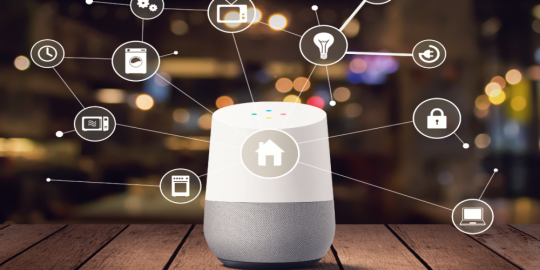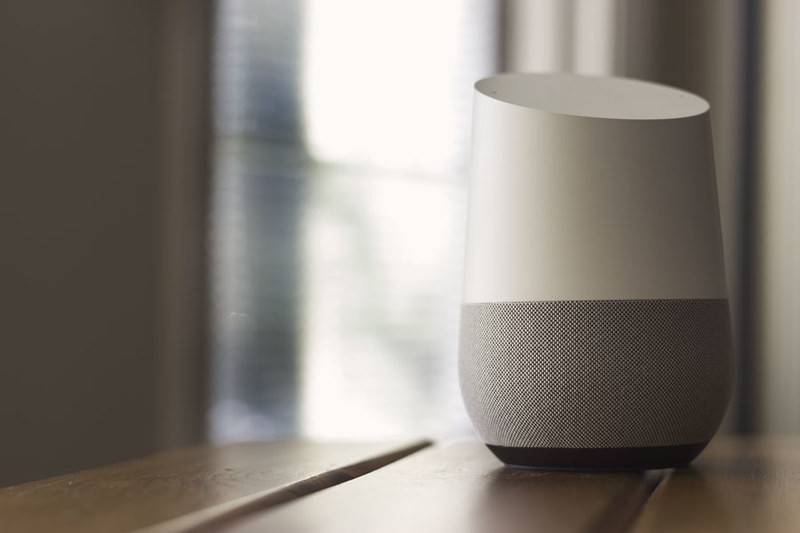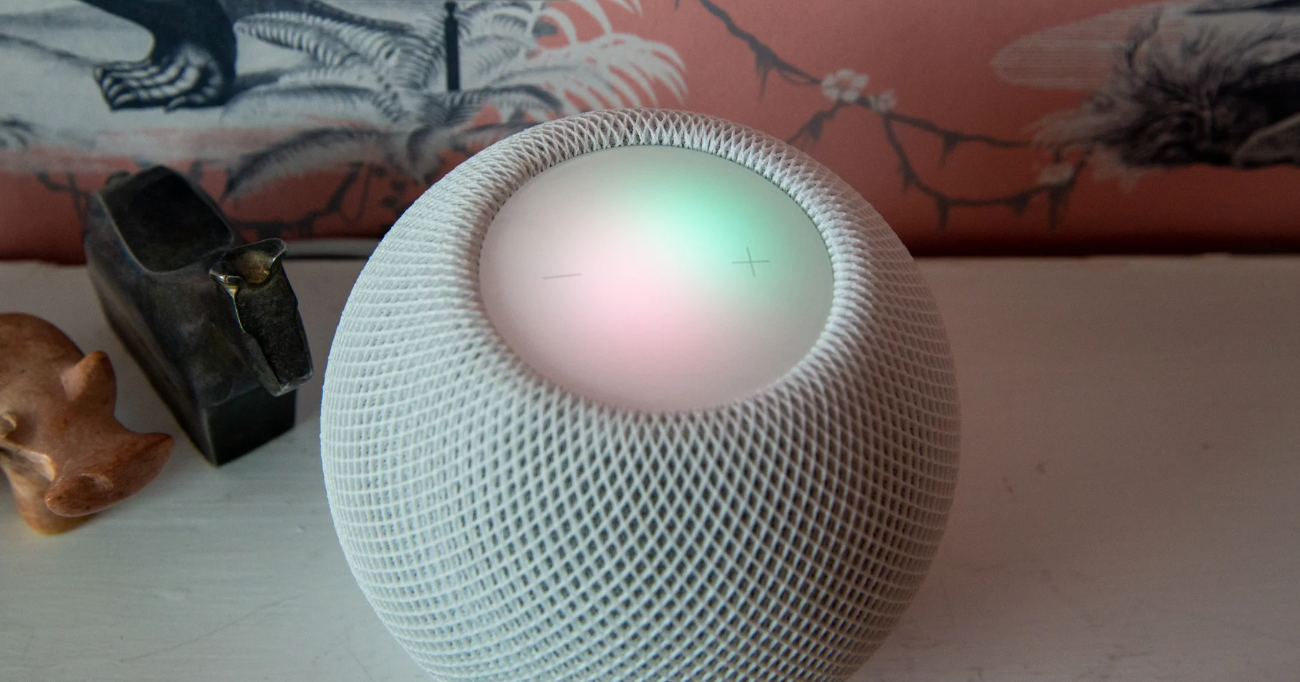
Welcome to the exciting world of home automation, where convenience, efficiency, and a touch of futuristic living merge seamlessly with everyday life. The advent of smart home technology has revolutionized the way we interact with our living spaces, allowing us to control various home devices with just a tap on our smartphones. Mobile apps like Google Home and Apple HomeKit have emerged as frontrunners in this domain, offering users the ability to create a synchronized and intelligent home environment. In this article, we'll dive into the steps you can take to achieve home automation bliss with these powerful mobile applications.
Understanding the Basics of Home Automation

Home automation is the integration of technology and services for seamless and automated control over household features, activities, and appliances. At the heart of this system are smart devices connected through the internet, which communicate with one another to create a responsive and adaptable home ecosystem. This can include anything from lighting, heating, and security systems to entertainment devices and appliances.
To get started with home automation, one must first select a central hub or platform that will act as the command center for all smart devices. This is where mobile apps like Google Home and Apple HomeKit come into play. These applications provide a user-friendly interface and act as a centralized control panel for all your connected devices. They allow you to create routines, control devices remotely and even use voice commands to manage your home's functions. By understanding the basics of how these systems work, you can begin to explore the vast possibilities of home automation.
Choosing the Right Ecosystem: Google Home vs. Apple HomeKit
When deciding on a home automation system, it's essential to choose an ecosystem that aligns with your current devices and lifestyle preferences. Google Home is compatible with a wide range of smart devices and is particularly well-integrated with Android smartphones and Google services. It offers flexibility and a broad device compatibility list, making it a great option for those who are looking for a diverse range of product integrations. Google Home is also recognized for its advanced voice recognition capabilities through Google Assistant, allowing for more natural and conversational interactions with your smart home.
On the other hand, Apple HomeKit is designed for users who are invested in the Apple ecosystem. It provides a secure and seamless experience for those who own Apple devices such as iPhones, iPads, and Macs. HomeKit emphasizes privacy and security, with all data being encrypted and processed locally on the device. It also allows for easy control of smart home devices through the intuitive Home app and via Siri voice commands. When choosing between Google Home and Apple HomeKit, consider the devices you already own and your preferences regarding compatibility, user experience, and security.
Setting Up Your Smart Home with Mobile Apps

The initial setup of your smart home is a crucial step in achieving home automation bliss. Both Google Home and Apple HomeKit offer straightforward setup processes that guide you through adding and configuring your smart devices. With Google Home, you'll start by installing the app on your mobile device, signing into your Google account, and connecting to your home Wi-Fi network. From there, you can add new devices by selecting the "+" icon and following the on-screen instructions to pair your smart home devices with the app.
Similarly, setting up Apple HomeKit involves opening the Home app on your iOS device and tapping the "+" sign to add new devices. You'll need to use your device's camera to scan the unique HomeKit setup code found on your smart device or its packaging. Once scanned, the device will connect to your network, and you can assign it to a room and configure its settings. With both platforms, you can group devices by rooms or zones, making it easier to control multiple devices at once and create cohesive scenes and automation.